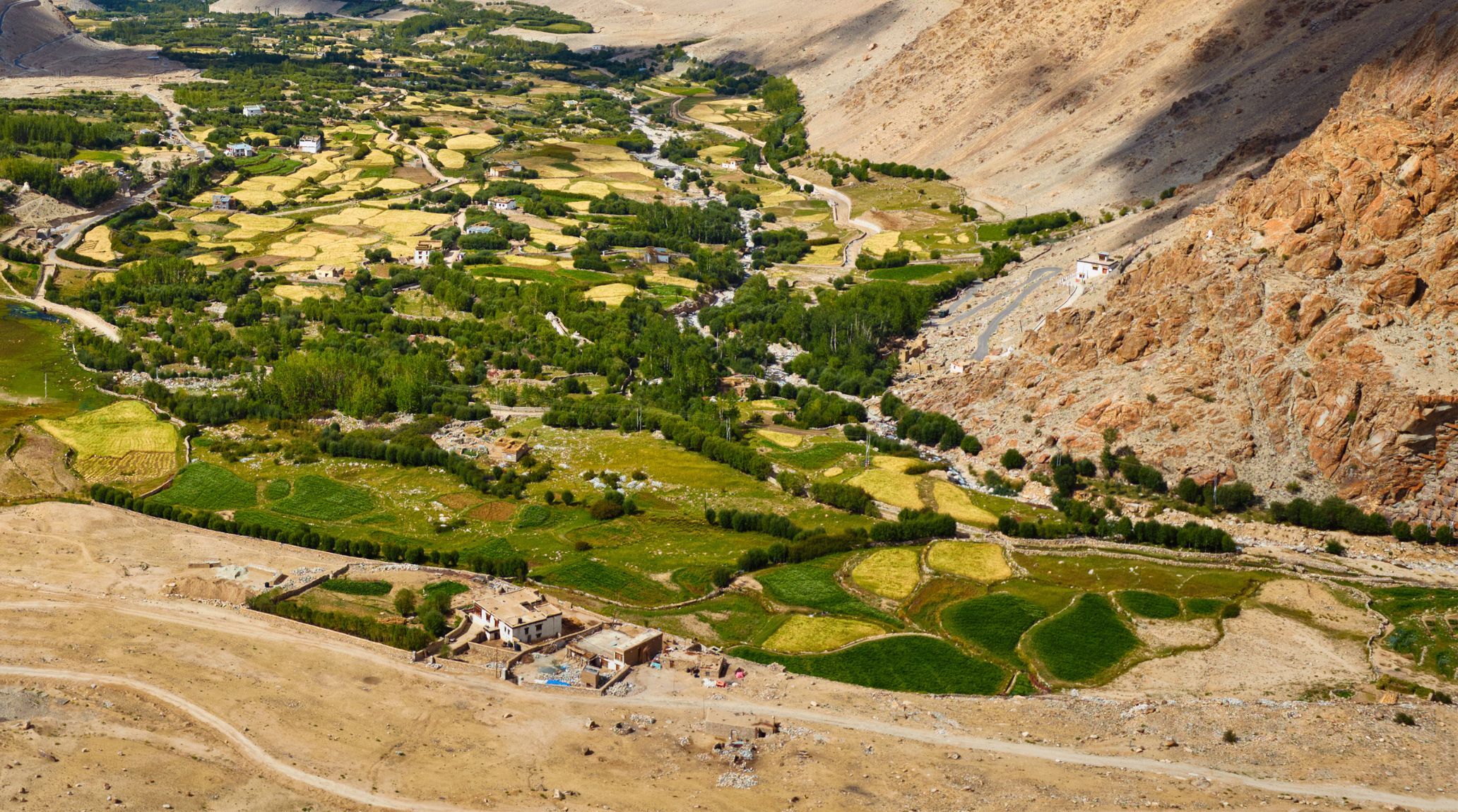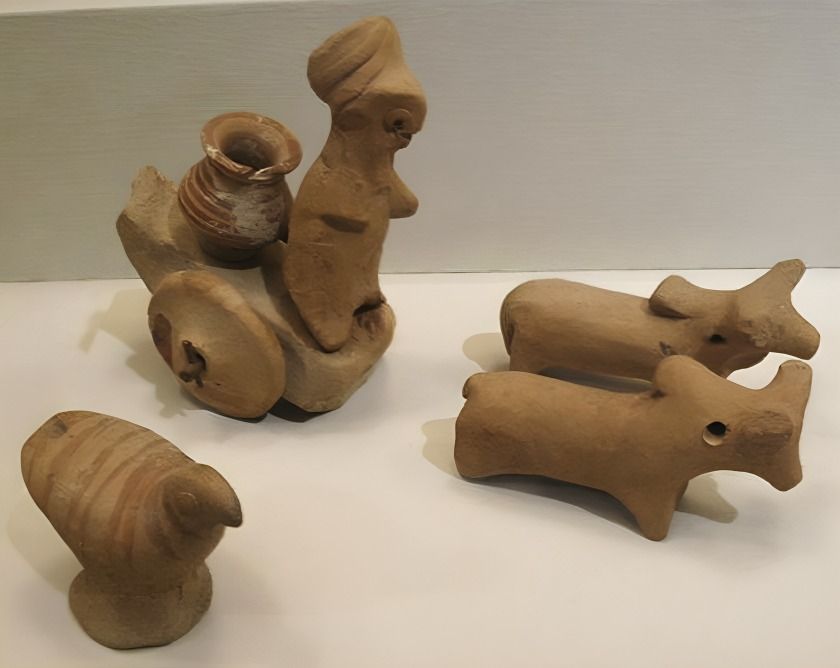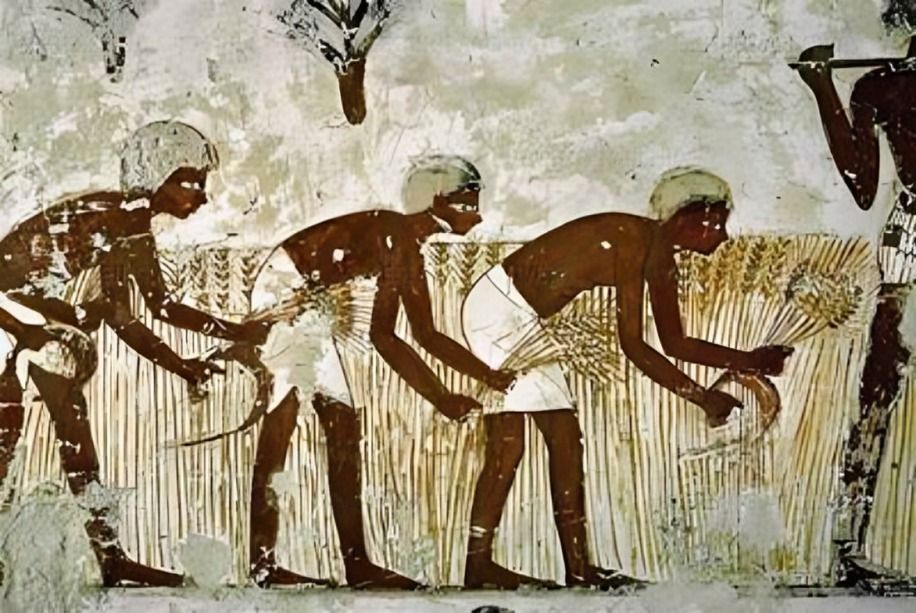
“
Agriculture and food production were crucial to the success of the Indus Valley Civilization. This ancient society developed advanced farming techniques and systems that supported a thriving urban population. In this article, we delve into 20 fascinating facts about agriculture and food production in the Indus Valley.1
1
”
The Indus Valley Civilization cultivated a wide variety of crops, including wheat, barley, peas, and lentils. They also grew cotton, making them among the first to cultivate this plant, which was crucial for their textile production.1
Farmers in the Indus Valley developed advanced irrigation techniques to support agriculture. They constructed canals, wells, and reservoirs to manage water from rivers like the Indus and its tributaries, ensuring a reliable water supply for their crops.2

The people of the Indus Valley domesticated animals such as cattle, sheep, goats, and water buffaloes. These animals played a key role in agriculture, providing milk, meat, and labor for plowing fields and transporting goods.
The Indus Valley Civilization built large granaries for storing surplus grains. These granaries were strategically located in cities like Mohenjo-Daro and Harappa, indicating organized food production and storage practices to sustain large populations.3
The fertile floodplains of the Indus River were ideal for agriculture. Seasonal flooding deposited nutrient-rich silt, replenishing the soil and enabling the growth of multiple crops throughout the year.4
Farmers in the Indus Valley practiced crop rotation to maintain soil fertility. By alternating different crops, they prevented soil depletion and ensured sustainable agricultural productivity over time.5

Wheat and barley were the staple crops of the Indus Valley, providing the primary food source for the population. These grains were used to make bread, porridge, and other basic foods, forming the foundation of their diet.
In addition to wheat and barley, the Indus Valley people also cultivated millet and rice. Millet was grown in the drier regions, while rice was likely grown in areas with more abundant water resources, showing adaptability in their farming practices.6
The Indus Valley Civilization made use of the rivers not only for irrigation but also for fishing. Fish and other aquatic resources supplemented their diet, providing additional protein and variety to their meals.7
Archaeological evidence, including terracotta models and seals, suggests that the Indus Valley people used plows for agriculture. These plows were likely pulled by oxen, demonstrating the use of animal labor in farming.8
The Indus Valley Civilization cultivated flax for linen and sesame for oil. Sesame oil was used in cooking and possibly for trade, while flax was processed into linen, indicating a connection between agriculture and textile production.9
Surplus agricultural products, such as grains and cotton, were traded with neighboring regions. The extensive trade network of the Indus Valley Civilization helped distribute food and other agricultural goods, boosting the economy.10
The Indus Valley people cultivated fruits like dates, melons, and possibly grapes. These fruits provided essential nutrients and were likely consumed fresh or dried, contributing to a balanced diet.11
The diet of the Indus Valley people was largely vegetarian, consisting of cereals, pulses, vegetables, and fruits. Meat and fish were also consumed, though they were likely less common compared to plant-based foods.12
Archaeologists have found terracotta cooking vessels in Indus Valley sites, indicating the methods of food preparation. These vessels were used to cook grains, stew vegetables, and prepare other daily meals.13
While evidence is limited, it is possible that the Indus Valley people used local spices like turmeric and ginger in their cooking. These spices may have added flavor to their food and had medicinal properties.14
The Indus Valley Civilization used a variety of tools for farming, including sickles made of copper or stone. These tools were essential for harvesting crops and maintaining their agricultural systems.15
Agriculture in the Indus Valley was closely tied to seasonal cycles, and it is believed that festivals were held to celebrate planting and harvest times. These festivals would have been important cultural events linked to agricultural practices.16
The Indus Valley people adapted their agricultural practices to different environmental conditions across the region. Whether in arid zones or floodplains, they developed techniques suited to local climates, ensuring food production was reliable.17
The decline of the Indus Valley Civilization may have been partly due to climate change affecting agriculture. Shifts in monsoon patterns and river courses likely disrupted their farming systems, contributing to food shortages and the eventual abandonment of cities.18


